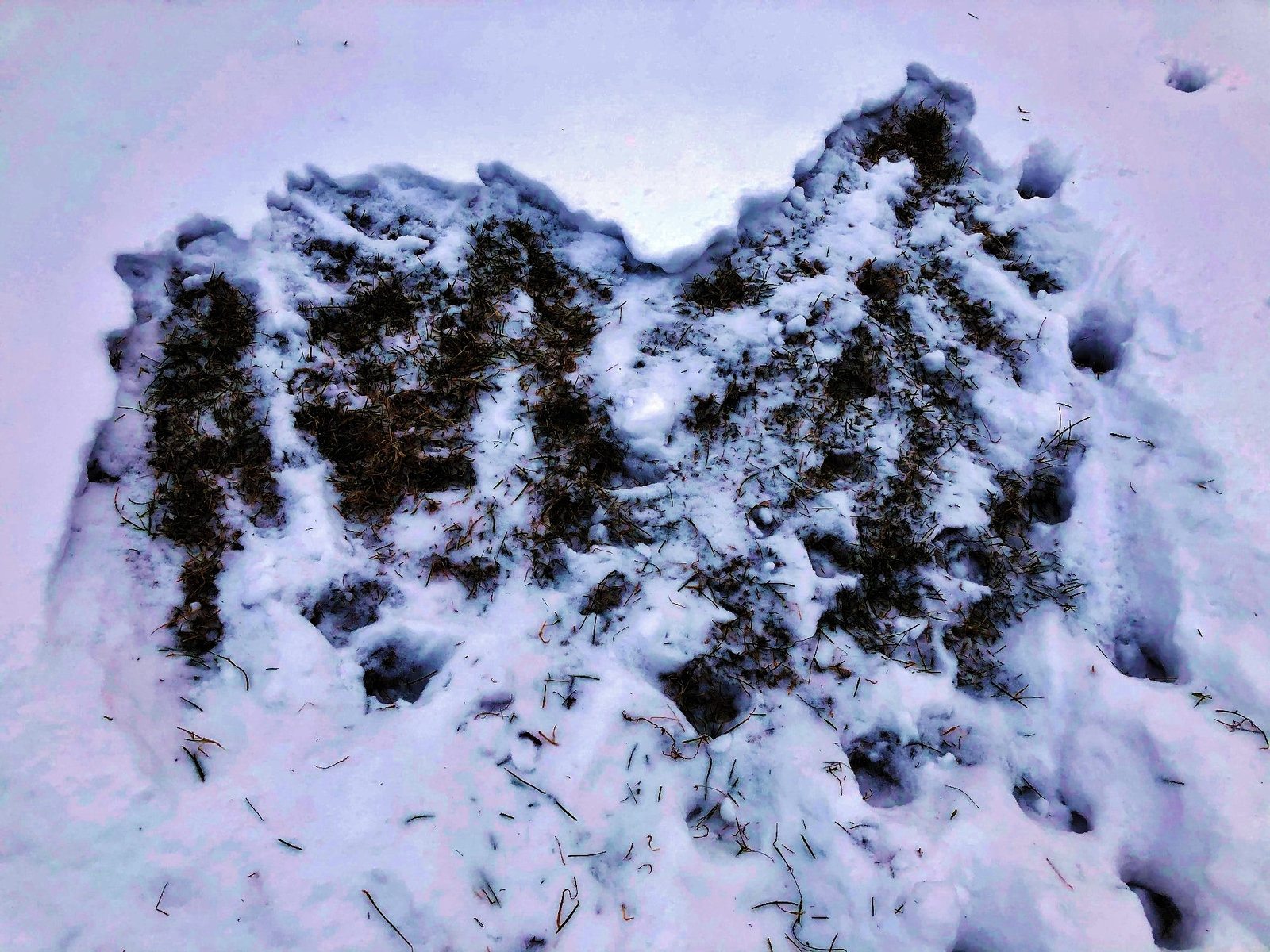Back Home by Chris Hardie
» Download this column as a Word document
» Download the photos that accompany this story
» Chris Hardie’s headshot
I hate to be the harbinger of bad news or be accused of being the doofus of doom, but apparently some bone-chilling weather has had us in its sights. I keep hearing the dreaded polar vortex that brought -40 degrees and even worse to our neck of the woods two years ago may be back. Soon. Assuredly. It’s coming. Sometime. Maybe.

The breakup of the arctic air mass occurred this month, affecting parts of Russia and Canada. Honestly, how can one tell the difference? It’s cold in those two northern countries in the winter.
I fully admit I am a weather geek, a product of my days growing up on the farm when the weather did have a big impact on our lives. And I spent years in journalism where my ability to whip up a weather story was done with the same finesse and ease as Gordon Ramsey whisking an egg or dropping an f-bomb.
It’s much more exciting to discuss chunks of arctic air heading our way than to explain the difference between partly sunny and partly cloudy. Actually, there is no difference. The National Weather Service states both terms are used whenever between three-eighths and five-eighths of the sky is covered by clouds. You can trust me on that. I took a class called weather and climate in college. I passed. With a C.
I was talking about the return of the polar vortex with an acquaintance recently — it seems like the only safe thing we can converse about these days, sadly enough, is the weather — and he scoffed.
“Doesn’t it always get the coldest at the end of January every year?” he asked.
Well, yes, the average winter temperature is always coldest at the end of January — vortex or not. But we don’t like to talk about averages. We like extremes; there’s much more drama. Then we can break out words like frigid, icy, frosty, algidity, ague, gelidity and congelation. They all have to do with cold.
Let’s use some in a sentence.
“I asked my wife to get me a frosty beer and her eyes glared with such gelidity it sent an ague sweat down my spine that put me into a state of algidity.”
Vortex or not, I won’t miss needing to go out to try to start an old diesel tractor, hunkering down behind a feeble plastic windshield so my face wouldn’t freeze. I would try to cross my numb fingers, hoping the manure spreader wouldn’t break down.
With fewer animals now, my daily chores are much easier. I recently took advantage of a mild day by hauling three wheelbarrows of chicken manure and bedding out from under the hen’s roost. I spread the contents over our garden and will work them into the soil come spring.
The deer seem to be faring well. Apparently, our lawn is a preferred feeding and bedding spot. There are deer tracks all over the yard; several spots show where the snow has been scraped away to reach grass. Never mind there are acres of hay fields to pick from.
One recent morning, I took the dog out in the darkness and was startled when a doe snorted only a few feet away. Apparently, she was not an early riser. But like the garden, the lawn will benefit from the deposits the deer leave behind.
Chevy debate updated
It appears the consensus among car buffs is that the car shown in the Lone Rock school photo is a 1955.
“I’d like to let you know how I look forward to your well-written nostalgic stories,” reader Neal Forde wrote. “When there is so little in the paper to uplift spirits these days, your articles are a welcome pause. If they evoke a memory, as most do, it makes morning coffee an even better delight.
“I’d also like to clear up the question of the little yellow Chevy in the Lone Rock school picture. It is a 1955 Chevrolet model 210 four-door sedan. Since it is the only vehicle there, it likely belonged to the teacher, who on their salary bought it because it was sturdy and dependable with a frugal six-cylinder motor and manual transmission. These were seen on the road well into the 1970s.”
A new 1955 cost about $2,000, which would be worth about $19,000 in today’s dollars.
Vortex or not, stay safe, stay warm and be well.
Chris Hardie spent more than 30 years as a reporter, editor



